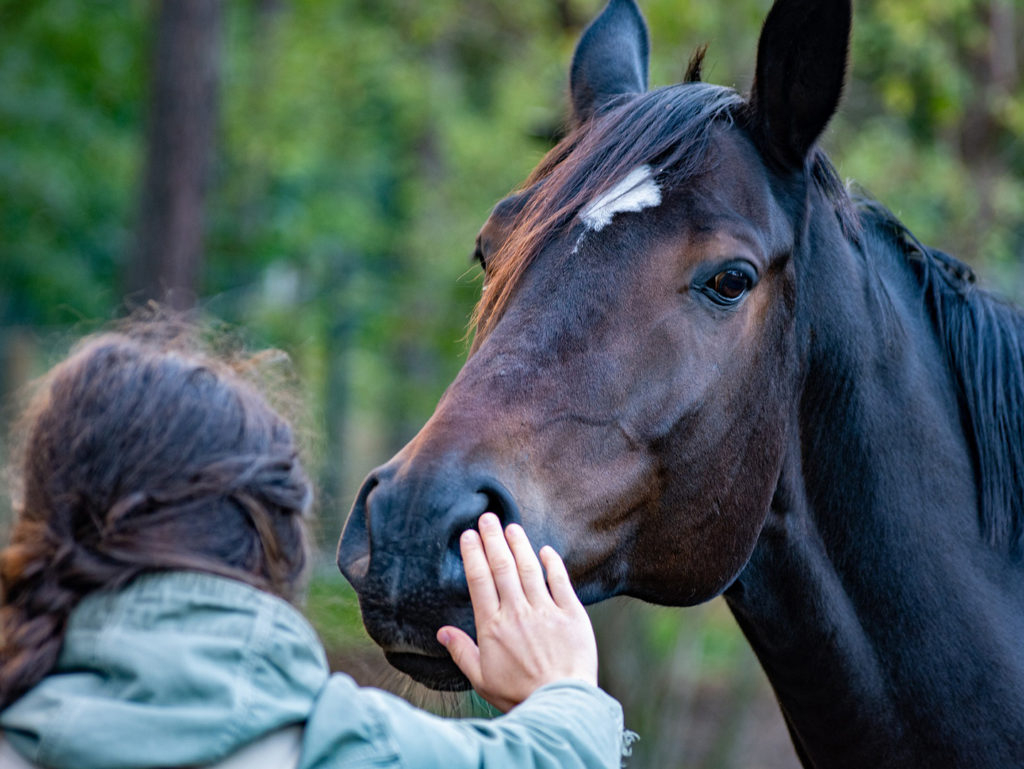The Steps For Conquering Colic In Horses

No one enjoys the queasy feeling of a stomach-ache, which can turn eating into a chore, while leaving most of us slightly, if not extremely, irritable.
A horse dealing with colic is no stranger to these feelings or symptoms.
Because learning how to spot when a horse is experiencing colic and when to call the veterinarian are important lessons for every horse owner, Dr. Leslie Easterwood, a clinical assistant professor at the Texas A&M College of Veterinary Medicine & Biomedical Sciences, offers some insight on recognizing the common signs of colic as well as the steps owners should take when their horse demonstrates those symptoms.
Equine colic is simply the occurrence of abdominal pain. One of the first signs of colic owners may notice from their horse is an unwillingness to eat.
To begin assessing whether the horse’s food aversion is the result of colic, owners can take their horse to a green, grassy area; if the horse manages to graze on the green grass without lying down, owners may be able to hold off on calling their veterinarian until more signs of distress or discomfort arise.
As a horse’s pain increases, they may paw the ground with their front foot, turn their neck to look at their belly/flank area, or lie down and roll around.
When it comes to a horse’s well-being, Easterwood is an advocate for erring on the side of caution.
“Colic is best resolved earlier rather than later,” she said. “At the first sign of abdominal discomfort, it is not a bad idea to get your veterinarian involved.”
Conditions that can cause this level of pain in horses range from a mild impaction that dissipates over time to an intestinal twisting in need of surgical intervention.
While colic is a large umbrella over a multitude of conditions that cause abdominal pain, there are a few preventative measures owners can take to help better protect their horses.
“Keeping horses on a regular feeding schedule, providing enough fiber/roughage in the diet, and providing green grass turnout are all considered helpful to prevent colic,” she said. “Other factors, such as keeping their teeth in good shape and preventing them from getting into excessive amounts of grain can also be essential.”
Colic can be scary, but it also is a real, daily risk for horses.
Well-managed feeding schedules and a nutrition plan can help to minimize the risk, but owners must remain diligent in observing for signs of abdominal pain and acting quickly when they see anything out of the ordinary.
Pet Talk is a service of the College of Veterinary Medicine & Biomedical Sciences, Texas A&M University. Stories can be viewed on the web at vetmed.tamu.edu/news/pet-talk. Suggestions for future topics may be directed to editor@cvm.tamu.edu.


